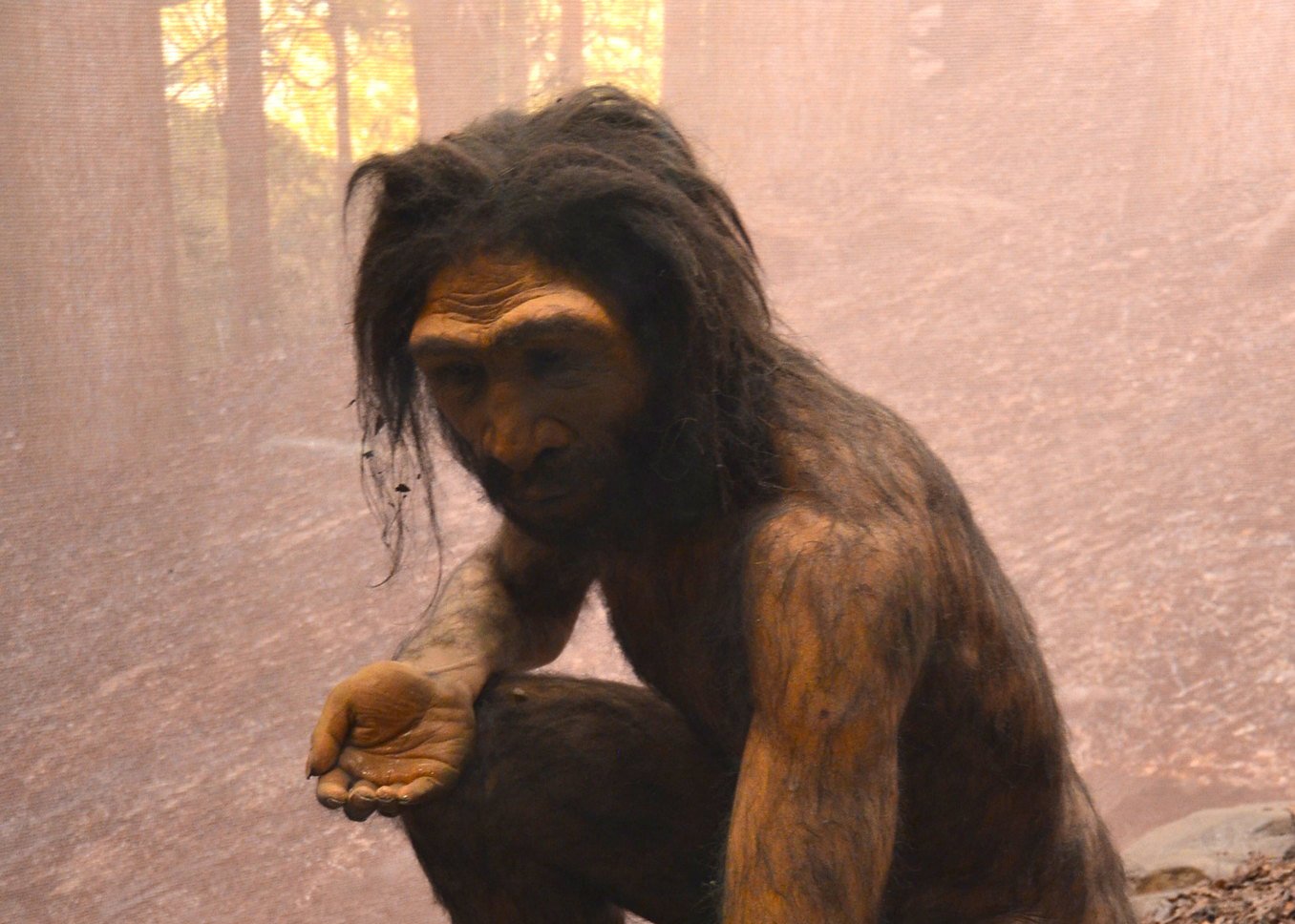
Scientists have recently named a new species of human ancestor, Homo bodoensis.
Dr. Mirjana Roksandic of the University of Winnipeg in Canada, led a team of researchers in reanalyzing fossils from Africa and Eurasia to precisely define the new species of ancestor.
The team found that the species lived in the Middle Pleistocene, an era that took place 774,000 to 129,000 years ago. The Homo bodoensis is thought to be the most direct ancestor of humans, living in Africa and being succeeded by the Homo sapiens on the same continent and the Neanderthals in Europe.
This period of development for the human species is notoriously misunderstood and is widely known by paleoanthropologists as “the muddle in the middle.” Roksandic and her team set out to clarify this period and find a precise categorization for our ancestors.
The name Homo bodoensis comes from a new analysis of already existing fossils found in Africa and Eurasia. Before the study, these fossils were attributed to multiple different species—that is, Homo heidelbergensis or Homo rhodesiensis, both of which were ambiguously defined in the first place.
Roksandic, who was the lead author of the study, said that: “Talking about human evolution during this time period became impossible due to the lack of proper terminology that acknowledges human geographic variation.”
Homo bodoensis will now be used for most of the Middle Pleistocene humans from Africa and a few from southeast Europe. Most humans originating from Europe will remain classified as Neanderthals. The name “bodoensis” comes from a skull recovered in Bodo D’ar, Ethiopia.
Christopher Bae, who is a professor of anthropology at the University of Hawaii at Manoa and worked on the study, said that the new name serves the purpose of “cutting the Gordian knot and allowing us to communicate clearly about this important period in human evolution.”
Roksandic concluded that: “Naming a new species is a big deal, as the International Commission on Zoological Nomenclature allows name changes only under very strictly defined rules. We are confident that this one will stick around for a long time, a new taxon name will live only if other researchers use it.”
Neanderthals and early humans lived on the Greek island of Naxos
In Greece, Neanderthals may have sailed from island to island as long as 200,000 years ago, shattering myths about the hominids.
According to groundbreaking archeological evidence, Neanderthals and early humans are now believed to have inhabited the Greek island of Naxos 200,000 years ago—much earlier than previously thought.
A team of US, Canadian, and Greek archeologists announced on Wednesday the discovery of stone tools on the island of Naxos which have been proven to go back at least 200,000 years. Naxos is a Cycladic Greek island located in the very middle of the Aegean Sea.
The tools, according to the team of Tristan Carter of McMaster University, demonstrate that, somehow, both Neanderthals and early humans found a way to reach this island—and stayed there for some time.
See all the latest news from Greece and the world at Greekreporter.com. Contact our newsroom to report an update or send your story, photos and videos. Follow GR on Google News and subscribe here to our daily email!



